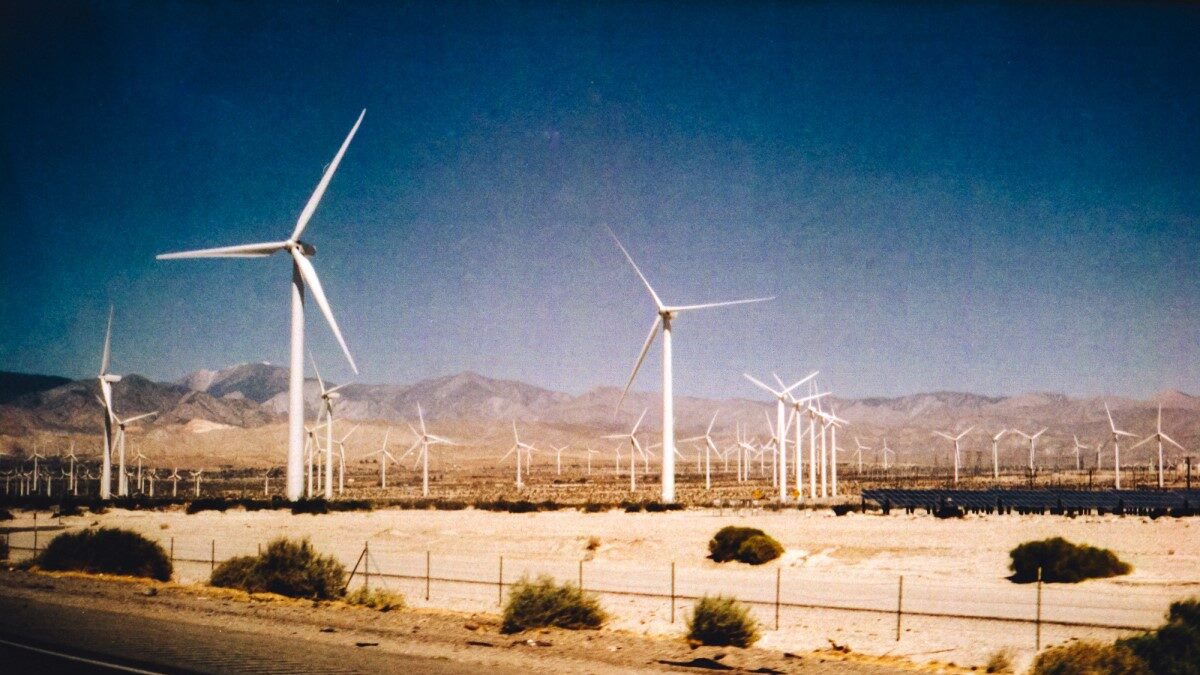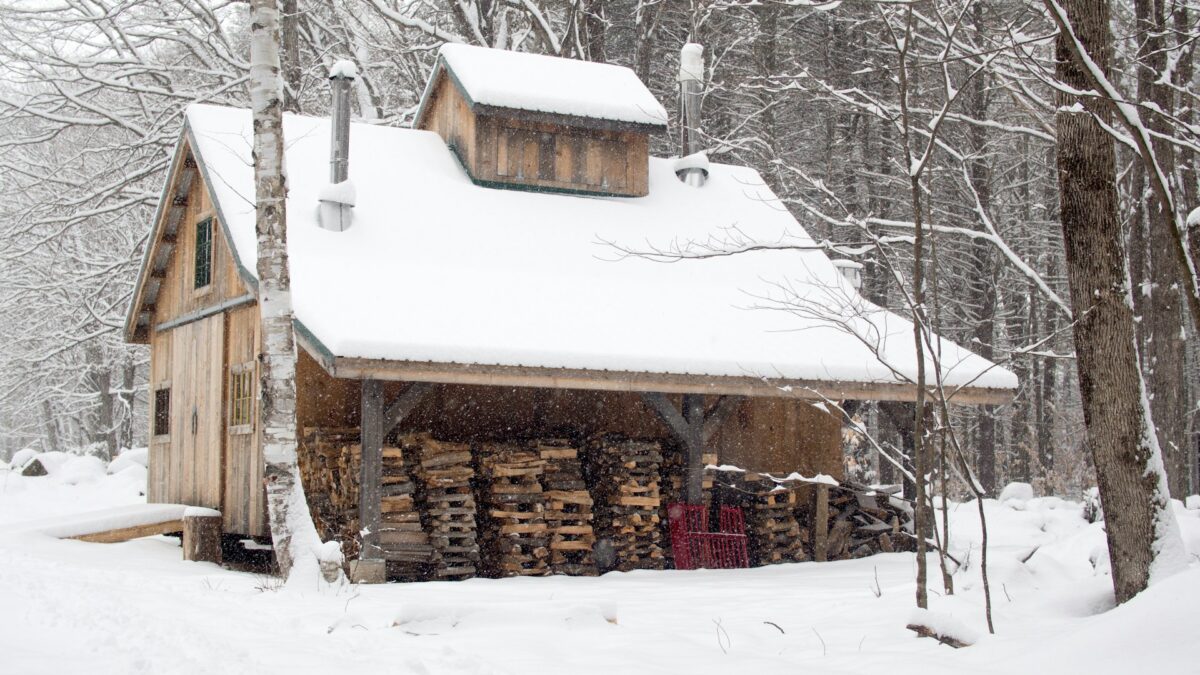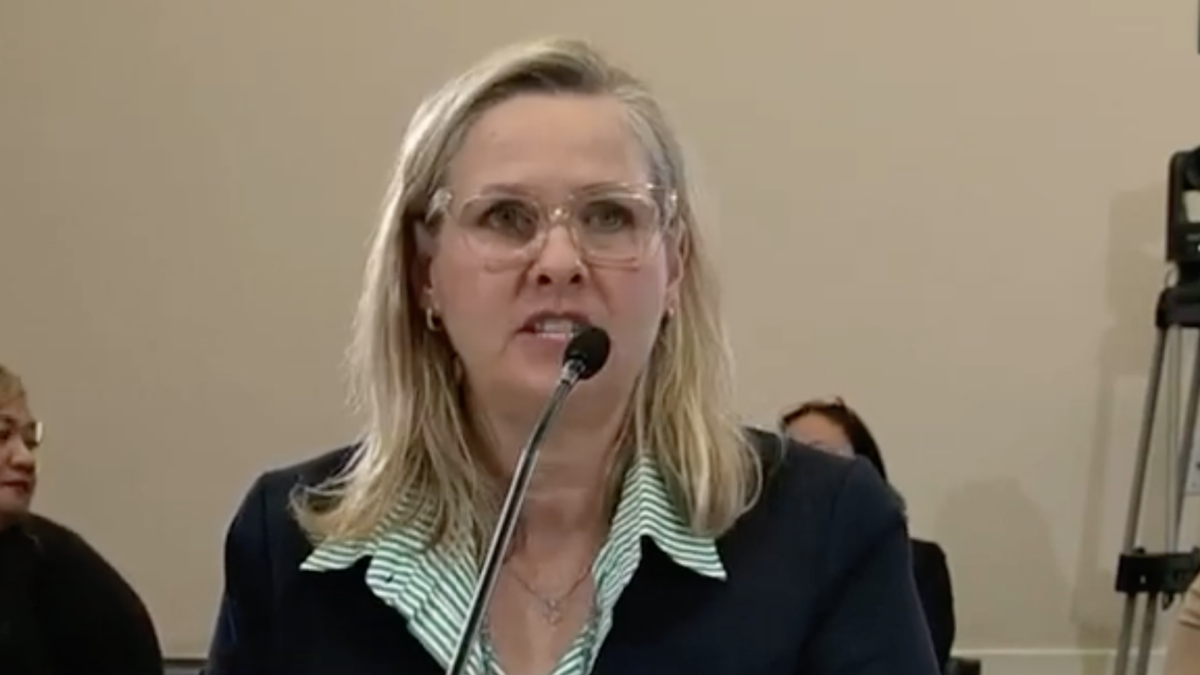Hoosier Daniel Lee recently noted the policy choice to limit natural gas and coal, combined with mandates for low-energy wind and solar, is making the Midwest energy grid significantly more expensive and unreliable. Federal regulators are also attempting to quash local opposition to eyesore wind farms as they force utilities to increase unreliable power.
“The Environmental Protection Agency is scrambling to enact the administration’s climate agenda,” Lee notes. “Rules and regulations currently being written could take local opposition out of the equation, giving state officials cover in overruling obstructive local wind-farm restrictions. Davos attendees may like this, but some Hoosiers won’t be happy.”
It’s a pattern happening across the United States. In early 2022, New York’s power grid operator predicted increasing blackouts as environmentalist regulations cut supply and the state shuts down power plants. The North American Electric Reliability Corp. warned the West and Midwest should expect to see the same thing for the same reasons. In fall 2022, New England’s power grid operator told customers to expect blackouts if cold weather became severe, because of natural gas shortages.
“A number of states have enacted mandates to eliminate carbon emissions from the grid in the coming decades, and the Biden administration has set a goal to do so by 2035,” The Wall Street Journal noted last year (h/t Aaron Renn). The Journal gave multiple horrifying examples of the political choice to degrade U.S. energy affordability and reliability, such as this one:
Within the footprint of the Midcontinent Independent System Operator, or MISO, which oversees a large regional grid spanning from Louisiana to Manitoba, Canada, coal- and gas-fired power plants supplying more than 13 gigawatts of power are expected to close by 2024 as a result of economic pressures, as well as efforts by some utilities to shift more quickly to renewables to address climate change. Meanwhile, only 8 gigawatts of replacement supplies are under development in the area. Unless more is done to close the gap, MISO could see a capacity shortfall, NERC said. MISO said it is aware of this potential discrepancy but declined to comment on the reasons for it.
In short, the United States is following California and Europe into disastrous energy policies that lead to frequent blackouts and brownouts, and people cutting down forests to warm themselves in frigid winters. Apparently, it needs to be noted that people regularly die when the power goes out, especially the sick, young, and elderly. Hospitals, nursing homes, and emergency services depend on reliable power.
Atop all these reasons to eschew wind farms, Lee notes another top concern of locals forced yet again to absorb the high costs of rich people’s fantasies: Wind farms are not only noisy and destructive to local habitats, they’re ugly as sin.
“Biden administration climate envoy John Kerry may bask in fawning headlines, but Hoosiers won’t be able to escape the sight of wind turbines or solar arrays as easily as he escapes Davos on a jet. These eyesores will be permanent features of daily life, along with — potentially — seasonal energy shortfalls,” Lee notes.
The brute ugliness of wind farms ought to be considered one more significant strike against them. Yes, wind turbines require slave labor and empower China by requiring rare-earth minerals China mostly controls and mines in horrifying work conditions. Building the equipment for wind farms and their installations badly damages the environment.
But one of the top concerns, especially at the neighborhood level, is how ugly, noisy, and quality-of-life degrading wind farms are. Every time I pass a wind farm, which is usually situated out in flat farm country, I imagine spending my farmland childhood surrounded by those hideous turbines. You hear the wind thundering past and the turbines adding a constant machinery hum to it. How could anyone live peacefully next to that? The answer: They don’t.
A PBS affiliate reported in 2018:
In places like Massachusetts, New York, and Vermont where industrial wind turbine projects have recently been introduced, residents have reported symptoms such as nausea, sleep disorders, fatigue, and increased stress that they account to a low-frequency hum — a combination of audible bass sounds and inaudible vibrations — generated by the turbines. In one instance , an air traffic controller attributed a near-fatal mistake on the insomnia and stress he experienced after a wind turbine was installed near his home in Falmouth, Massachusetts.
Not to mention what an eyesore wind farms are, stretching sometimes miles and miles along what was formerly a far more beautiful landscape of sky, trees, and land. Even plain landscapes, such as the flatlands of Minnesota, North Dakota, and South Dakota, where I’ve seen the wind farms ravage, would be far more beautiful without these postmodern forests of hideous white giants ceaselessly menacing the sparse population.
Beauty matters. It is not a side consideration. Beauty affects people’s happiness, and the people’s pursuit of happiness is one of the inalienable rights acknowledged in our Declaration of Independence. It is not a trivial item on the ledger besides money, power, and false prophecies of doom.
Sometimes beauty can be used to deceive people, but sometimes the beauty or ugliness of a thing can help reveal its moral properties. Wind farms are ugly. In this case, it’s a leading indicator of all their other evils.
Rural and poor people deserve to be able to look up at the sun and sky and enjoy their beauty, too. So do the fishermen and the residents of Martha’s Vineyard and Cape Cod, where offshore wind farms are now being constructed.
So do the whales, fish, and birds, whose lives and habitats are destroyed in the pursuit of expensive power whose unreliability also endangers human lives. None of these creatures deserve to have their habitats turned into industrial wasteland, erased of natural beauty and harmony by machines created by the labor of starving children sent into dirty mines.
People don’t like wind farms. That gut feeling points toward the truth: Wind turbines are not only wasteful and dangerous, but ugly as sin. Clean nuclear plants, however, can fit inside a school bus. The only real reason to prefer wind turbines to nuclear power is hatred for nature, which includes humanity.









